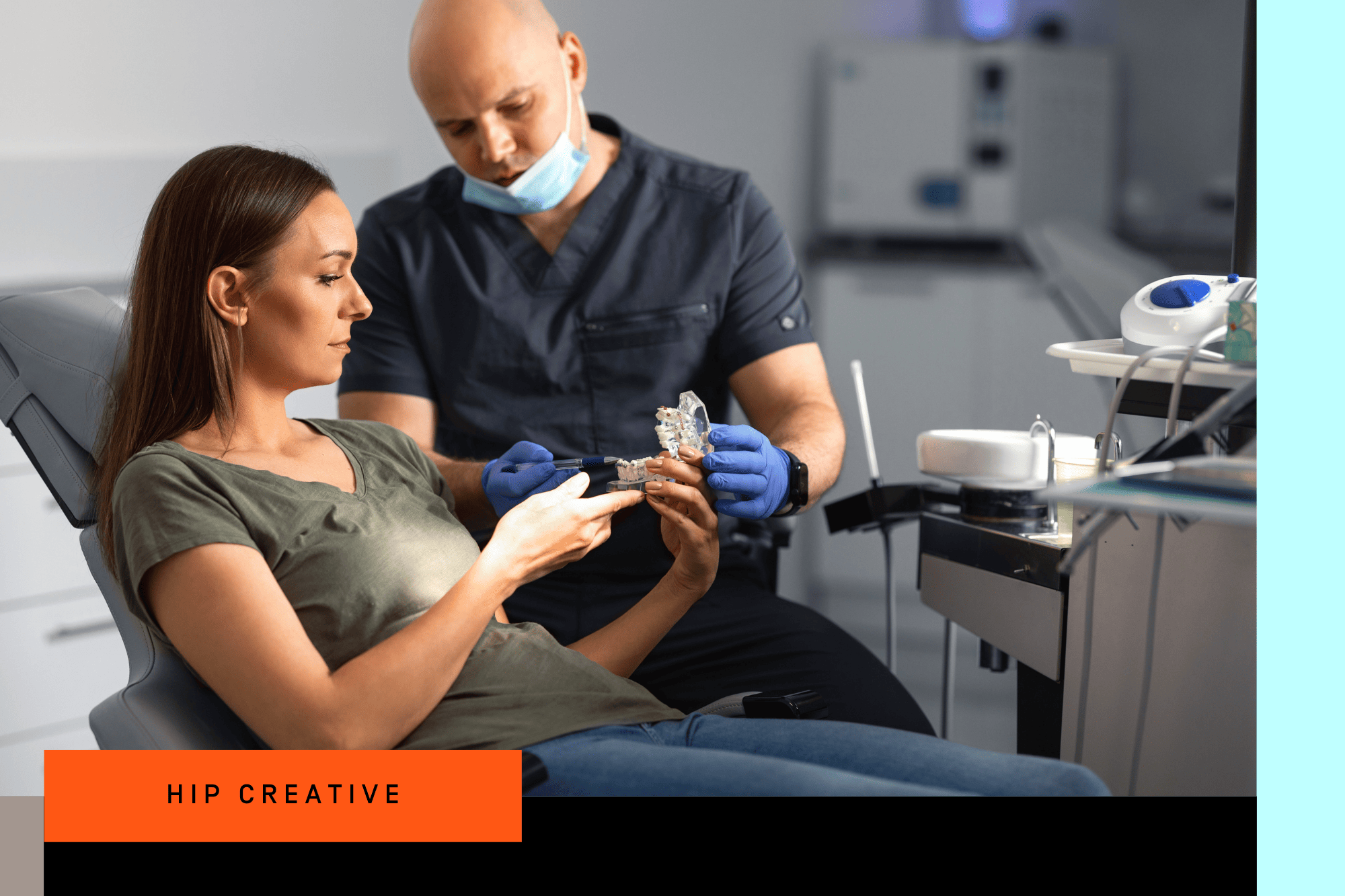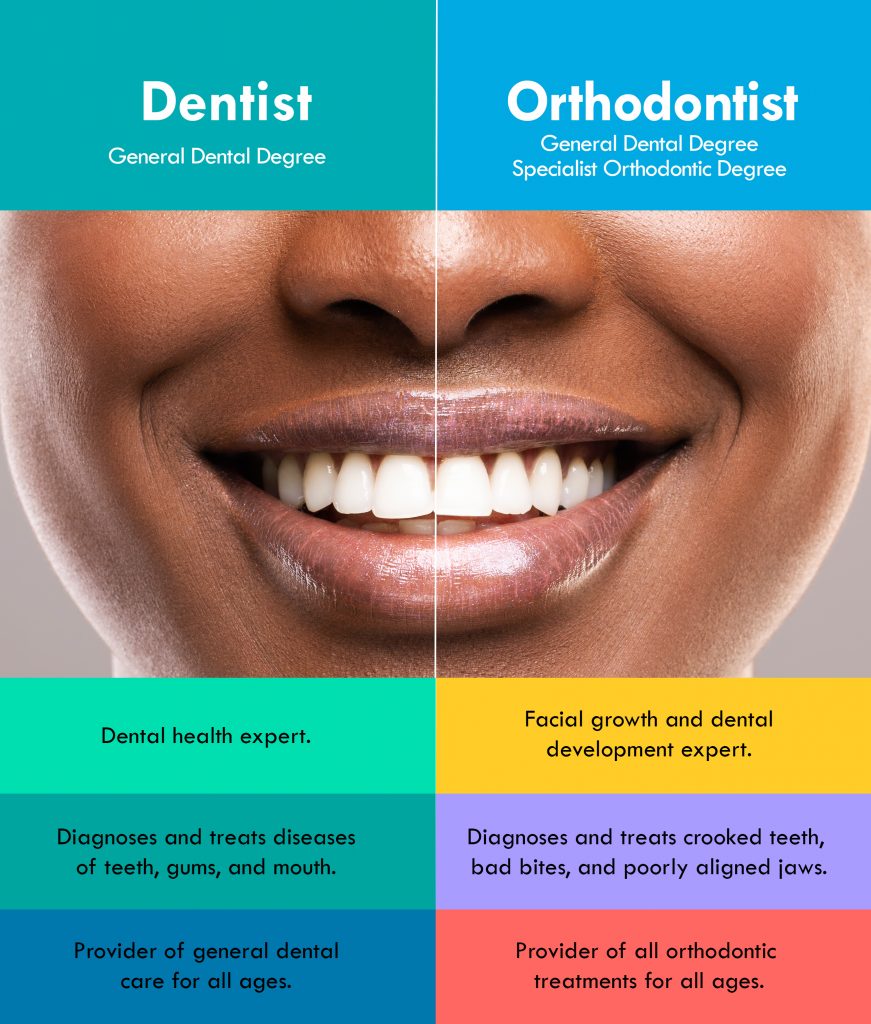Getting My All Star Family Orthodontics To Work
Getting My All Star Family Orthodontics To Work
Blog Article
Some Of All Star Family Orthodontics
Table of ContentsThe Best Strategy To Use For All Star Family OrthodonticsMore About All Star Family OrthodonticsAll Star Family Orthodontics Fundamentals ExplainedAll Star Family Orthodontics Things To Know Before You Get ThisA Biased View of All Star Family Orthodontics

At Advanced Orthodontics, we supply people with a holistic therapy experience. On top of that, we provide adjustable treatment timetables, flexible repayment options and an enjoyable, enjoyable experience - orthodontics. Call ( 480) 357-4900 today for more details and schedule a visit.
An orthodontist is a dentist educated to diagnose, protect against, and deal with teeth and jaw irregularities. Orthodontists function with people of all ages, from kids to grownups.
Malocclusion, or misaligned teeth, can bring about oral concerns, including dental caries, gum tissue condition, and difficult or painful eating. But not everybody is born with straight teeth. If you have a negative bite or big spaces in between your teeth, you might intend to speak with a dental expert specializing in orthodontic care.
9 Easy Facts About All Star Family Orthodontics Described
(Photo Debt: DigitalVision/Getty Images) Orthodontists use repaired and detachable oral devices, like dental braces, retainers, and bands, to alter the placement of teeth in your mouth. Orthodontic therapy is for dental irregularities, consisting of: Misaligned teethBite troubles, like an overbite or an underbiteCrowded teeth or teeth that are as well far apartJaw misalignmentThe objective of orthodontic therapy is to improve your bite.
A healthy and balanced bite guarantees you can consume, chew, and speak effectively. While you could consider orthodontists as primarily for children or teenagers who require braces, they can fix oral issues at any age. Orthodontists attend university, oral institution, and orthodontic school. After college graduation, they invest 2 or 3 years in an orthodontic residency program.
All orthodontists are dentists, yet not all dental practitioners are orthodontists. Orthodontic residency programs offer intensive, focused direction for dental professionals. They concentrate on two locations: Exactly how to properly and securely relocate teeth Exactly how to correctly guide growth in the teeth, jaw, and faceOnce an orthodontist has finished training, they have the alternative to come to be board certified - (https://yoomark.com/content/all-star-family-orthodontics-location-modern-orthodontic-treatment-we-offer-aesthetic).
Getting The All Star Family Orthodontics To Work
Misalignment, or malocclusion, is one of the most typical factor people see an orthodontist. It is hereditary and is the result of dimension differences between the upper and reduced jaw or in between the jaw and teeth. Malocclusion brings about tooth congestion, a misshapen jaw, or irregular bite patterns. Malocclusion is normally treated with: Your orthodontist attaches steel, ceramic, or plastic square bonds to your teeth.
Some individuals require a headgear to aid relocate teeth into line with stress from outside the mouth. A retainer is a personalized tool that maintains your teeth in area.

You may need to see an orthodontist if you have: Crowding or otherwise enough room for all of your teethOverbite, when your upper teeth come over your base teethUnderbite, when your bottom teeth are as well far forwardSpacing or problems with gapsCrossbite, which is when your upper teeth fit behind your base teeth when your mouth is closedOpen bite or a vertical space between your front bottom and upper teethMisplaced midline, when the center of your bottom and top teeth don't align Correcting a dental malocclusion can: Make biting, eating, and speaking easierImprove the proportion of our face and your general appearanceEase pain from temporomandibular joint conditionsSeparate your teeth and make them easier to clean, aiding avoid tooth degeneration or dental caries It's usually a dental professional who first notifications misaligned teeth during a regular exam.
The Basic Principles Of All Star Family Orthodontics
During your first orthodontic appointment, you'll likely have: A dental examPhotos taken of your face and smileDental X-raysPanoramic (360 degree) X-rays of your face and headImpressions to create mold and mildews of your teethThese examinations will help your orthodontist know exactly how to wage your treatment. Web Site An orthodontist is a dental expert who's had training to treat your teeth and jaw.
Orthodontists are dental practitioners however not all dental professionals are orthodontists. Orthodontists are focused on your bite, or the means your teeth fit with each other, and the straightness of your teeth.

This first appointment includes a visual examination of your teeth and bite, X-rays, and potentially also 3D scans. By thoroughly assessing these elements, the orthodontist can determine any misalignments, crowding, spacing concerns, or jaw inconsistencies. When a clear photo is established, the orthodontist will review individualized therapy options. This discussion will certainly cover the kind of braces or aligners advised (standard metal braces, clear aligners like Invisalign, and so on), the estimated therapy duration, and any prospective challenges or side impacts.
Getting My All Star Family Orthodontics To Work
While braces are the most generally acknowledged orthodontic treatment, orthodontists have a diverse toolkit at their disposal. The specific approach chosen depends upon the seriousness of the situation, the patient's age, and specific choices. These tried-and-true braces make use of a system of brackets bonded to the teeth and linked by cords.
Clear aligners, like Invisalign, are a popular alternative for patients looking for a more very discreet therapy alternative. These removable trays are customized to gradually move the teeth's position. Headwear may be utilized together with dental braces or aligners to use additional targeted pressures, especially for correcting jaw discrepancies. In instances of narrow jaws, palatal expanders can be made use of to produce room for proper tooth positioning.
Report this page